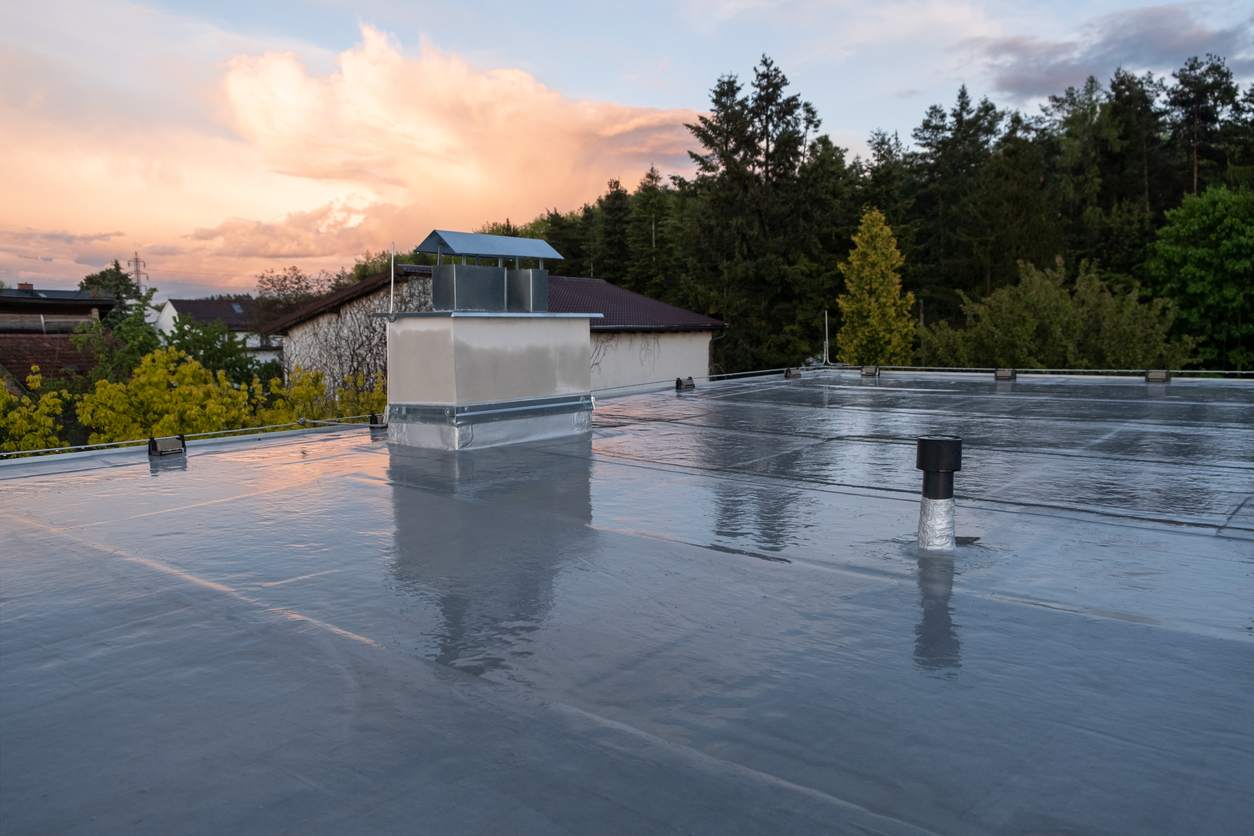Achieve Superior Results: Roof Tear Off Ideal Practices Revealed
Discovering the complexities of achieving exceptional outcomes in roof covering tear-off projects unveils a world of tactical techniques that can boost the end result to unparalleled heights. From careful roofing inspections that pave the way for educated decision-making to the execution of top-tier security procedures and sophisticated devices, every step in the procedure plays a crucial function in the general success.
Roofing Assessment Prior to Detach
Prior to starting the tear-off procedure, a complete roof assessment should be carried out to assess the problem of the existing roof system. They should additionally inspect for correct air flow, insulation, and drainage to make sure the brand-new roof covering will carry out effectively.
Along with analyzing the condition of the roofing, the examination must also include an examination of the underlying framework to determine if any type of repair work or supports are required. This extensive examination will assist avoid any kind of surprises or delays during the tear-off and installment process, eventually conserving money and time.

Safety Procedures and Equipment
Implementing rigorous safety and security procedures and using proper devices are critical during the roof covering tear-off process to guarantee the well-being of employees and the successful conclusion of the job. Prior to starting any job, it is vital to carry out a thorough security briefing laying out potential dangers, such as working at elevations, handling hefty products, and utilizing power tools. All workers included must be geared up with personal protective equipment, including construction hats, safety and security glasses, handwear covers, and non-slip footwear.
In addition, ensuring that ladders are secure, scaffolding is properly constructed, and drop defense systems are in place are crucial security preventative measures. Roof covering professionals must also be learnt just how to safely operate equipment such as nail weapons, power saws, and debris elimination devices to decrease the danger of accidents. Normal safety and security inspections of devices and equipment need to be performed to determine and resolve any type of possible issues promptly.
Efficient Debris Elimination Techniques

Additionally, employing a team of knowledgeable laborers to swiftly accumulate and get rid of of particles can considerably speed up the tear-off process. It is very important to have assigned locations for dividing recyclable materials from basic waste to advertise environmental sustainability. In addition, making use of customized devices like particles carts or wheelbarrows can improve the removal procedure, enabling efficient and fast transport of particles to the designated disposal website.
Proper Handling of Roof Products
Effectively managing roof materials is necessary to ensure the smooth progression of the roofing tear-off process and preserve a secure workplace. When dealing with roof covering materials throughout a tear-off, it is vital to prioritize safety and effectiveness. To begin, organizing the products in a marked area near the roofing system can lessen and enhance the process clutter on the job website. Additionally, using ideal tools such as wheelbarrows or material carts can help move bulky or hefty products with convenience, lowering the threat of accidents or injuries.
Segregating different kinds of materials, such as shingles, underlayment, and flashing, can assist in correct disposal and reusing after the tear-off. By implementing these finest methods for dealing with roof covering materials, contractors can enhance Visit Your URL the effectiveness and safety More Bonuses of the tear-off procedure.

Relevance of Post-Tear Off Examination
After completing the roof tear-off procedure and taking care of the roofing materials properly, carrying out a thorough post-tear off assessment is important to evaluate the structural honesty of the roofing system and make certain any type of essential repair services or maintenance are identified. In conclusion, the post-tear off inspection is a critical step in the roofing system replacement process that must not be overlooked.
Final Thought
Finally, adhering to best techniques such as conducting a thorough roofing assessment, implementing security measures, using proper devices, reliable particles removal methods, and conducting a post-tear off assessment are essential steps to achieve remarkable results during a roof tear-off procedure. By following these guidelines, contractors can make certain a risk-free workplace, determine essential repairs, and lay a solid structure for the new roof system.
Prior to starting the tear-off procedure, a detailed roof covering examination have to be carried out to examine the condition of the existing roofing system.Applying stringent safety and security actions and utilizing proper tools are paramount during the roofing system tear-off process to make sure the health why not try this out of workers and the effective completion of the job.Reliable particles removal methods play a crucial duty in maintaining a risk-free and well organized work setting throughout the roof tear-off process.Correctly taking care of roof covering materials is vital to make sure the smooth progression of the roof covering tear-off procedure and keep a risk-free working setting.After finishing the roof tear-off process and taking care of the roof covering products properly, carrying out a detailed post-tear off examination is critical to assess the architectural integrity of the roofing system and make sure any needed repair work or maintenance are identified.